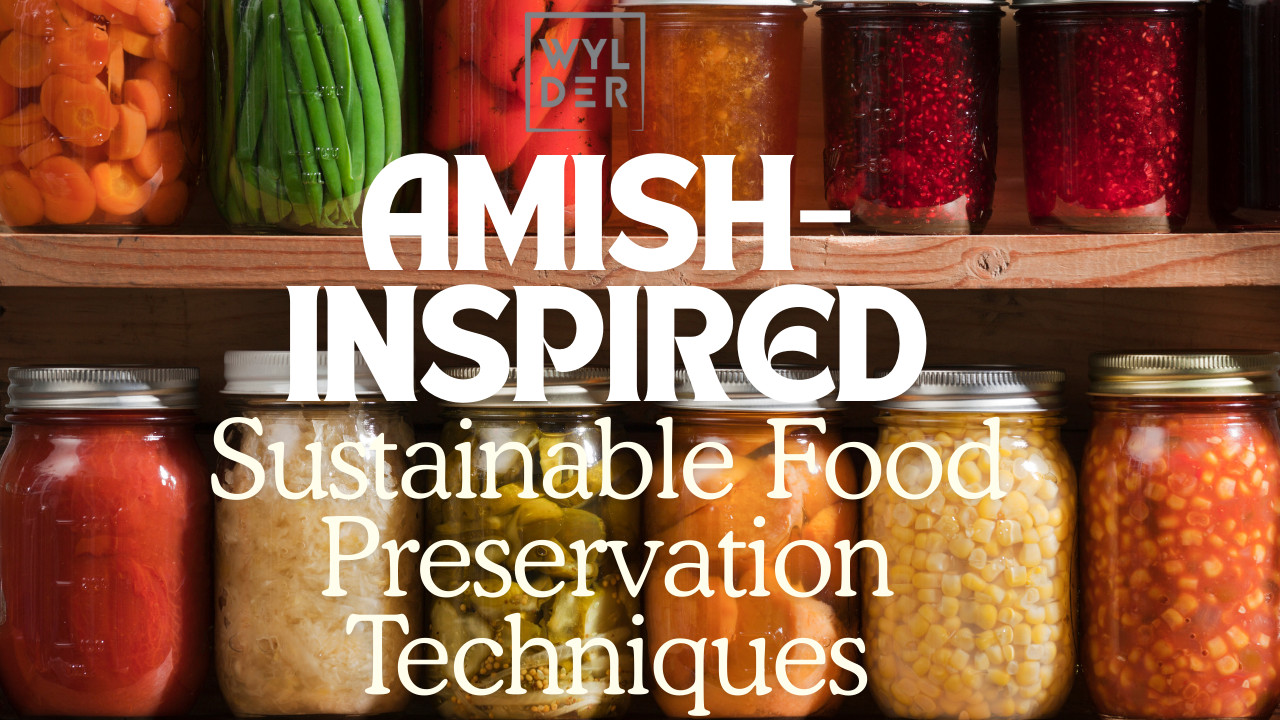
Want to preserve food for long-term storage and reduce waste? Learn how to safely can food at home with this complete guide to water bath canning and pressure canning. Discover the best canning methods for high-acid and low-acid foods, essential safety tips, and expert recommendations for proper food preservation. Whether you're a beginner or an experienced homesteader, this guide will help you stock your pantry with homemade, shelf-stable goods that last for months—or even years!
#Canning #FoodPreservation #Homesteading
Read more...
Discover innovative, sustainable food preservation techniques inspired by Amish traditions. Learn canning, fermenting, and eco-friendly practices that enhance health and self-reliance. Join our December 2 course to reconnect with time-honored wisdom. Discover how innovative, sustainable food preservation techniques inspired by the Amish can transform your pantry. Embrace canning, fermenting, and root cellaring for healthier, eco-friendly living. Join our course on December 2 to learn how to preserve food and reconnect with traditional wisdom.

Discover 5 effective Amish food preservation techniques that don’t require electricity! From water-bath canning to dehydrating in the sun, these traditional methods will help you store food naturally and sustainably. Perfect for homesteaders and those interested in off-grid living. Explore these tips and learn more in our upcoming Nourishing Traditions course launching December 2!
Read more...










